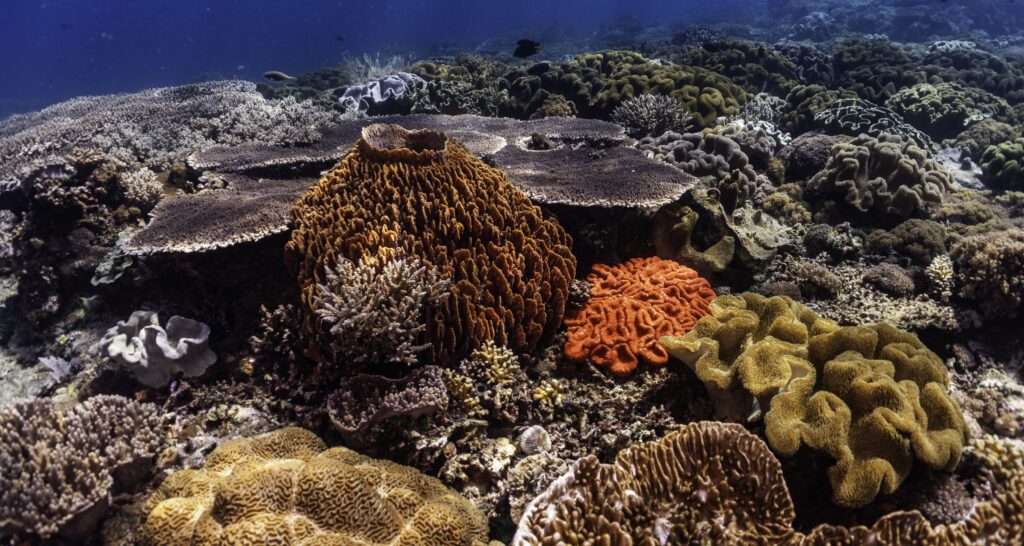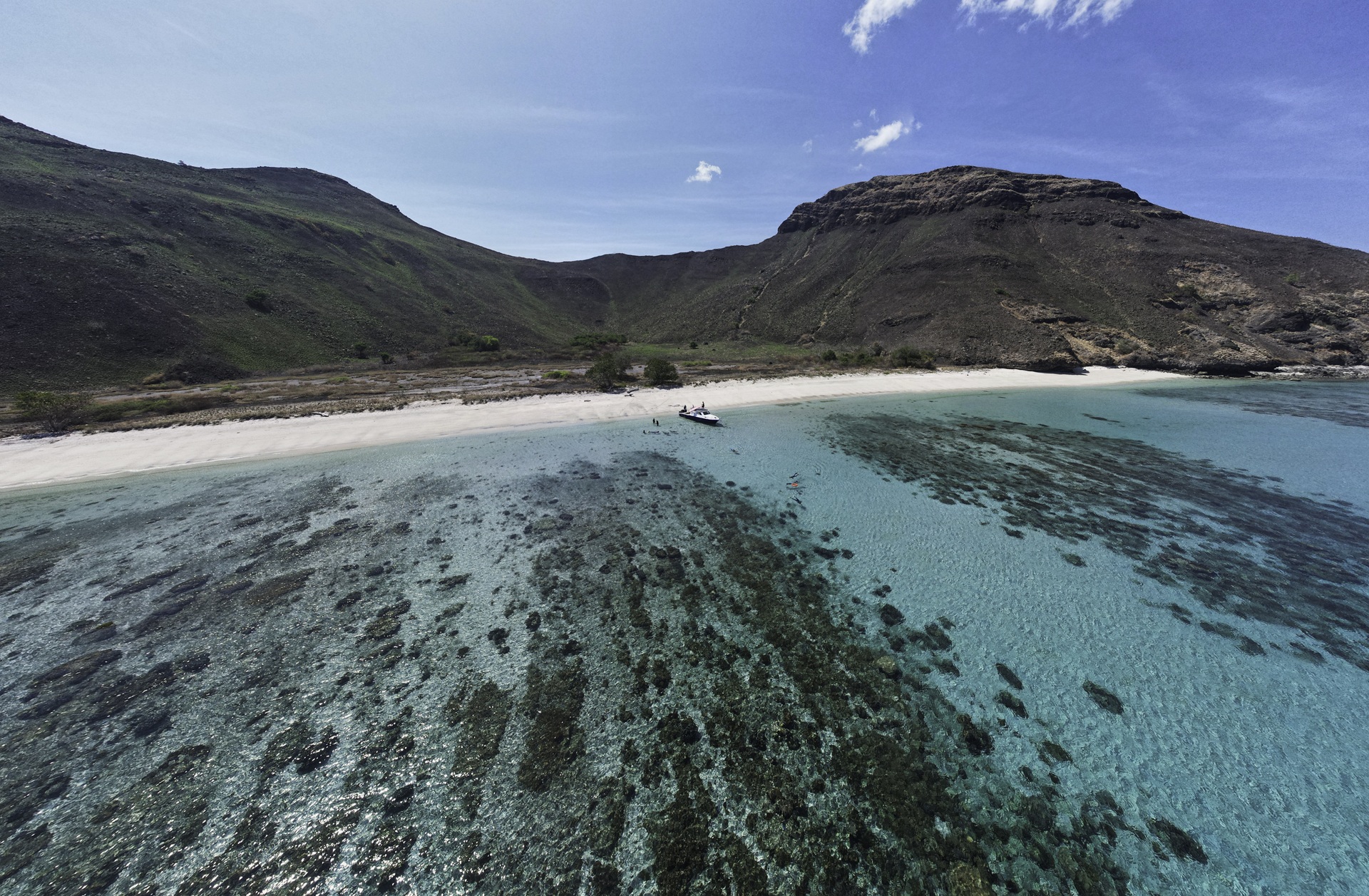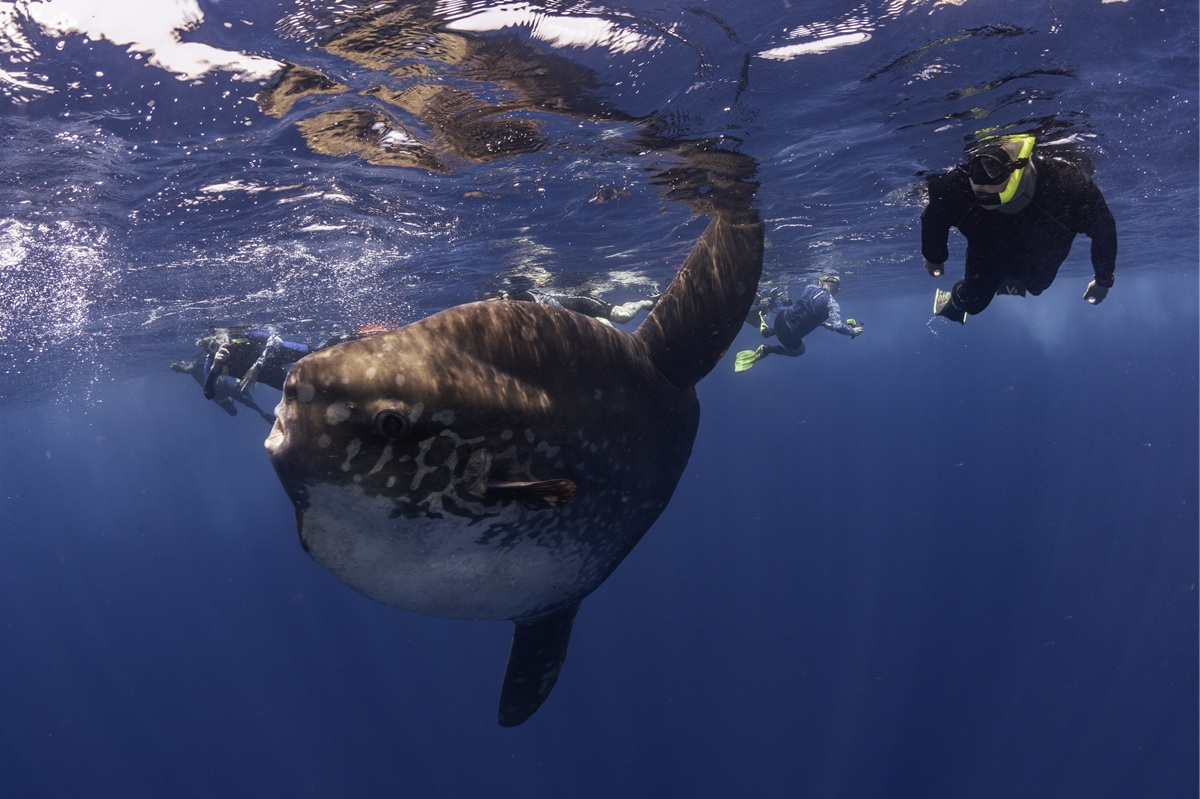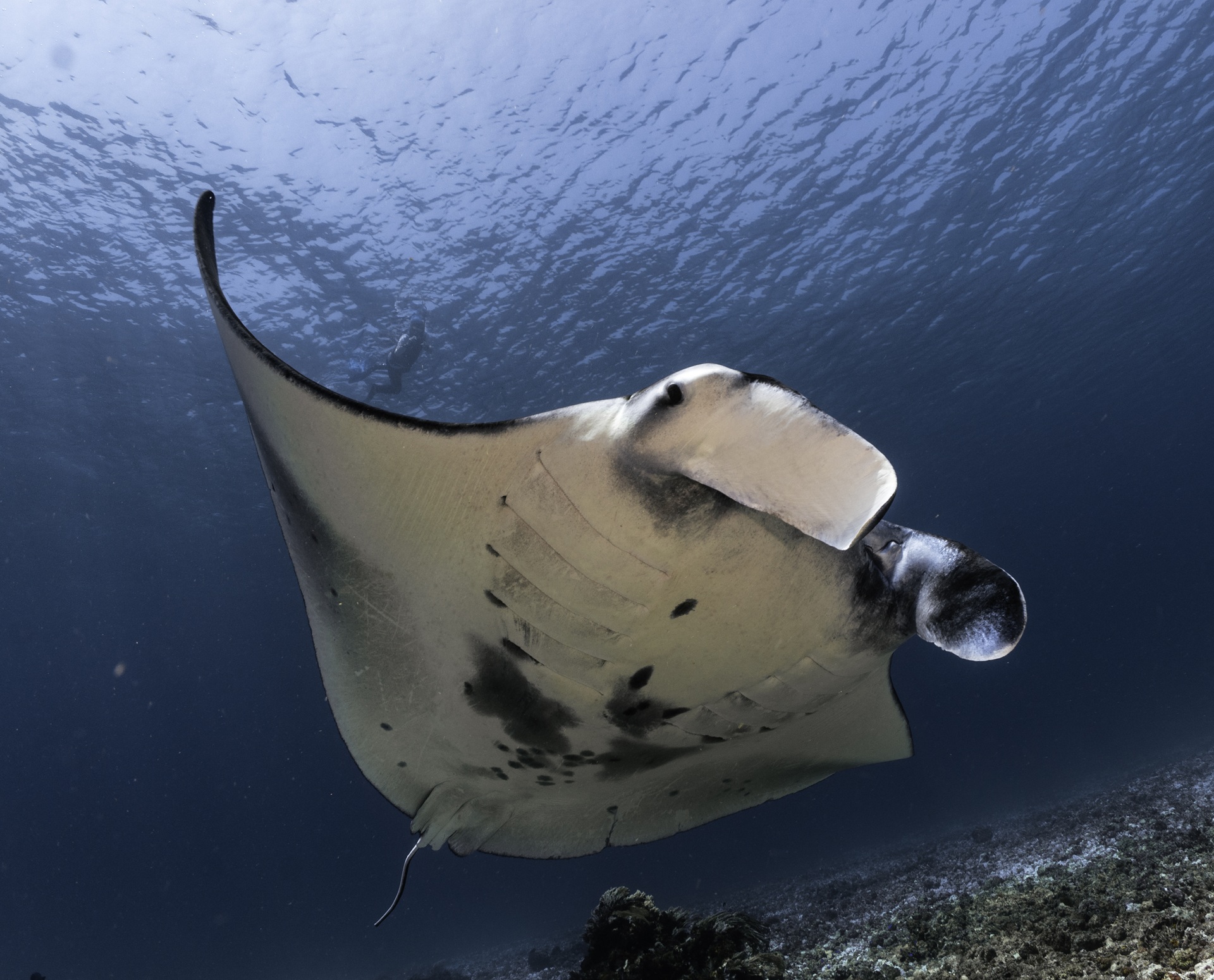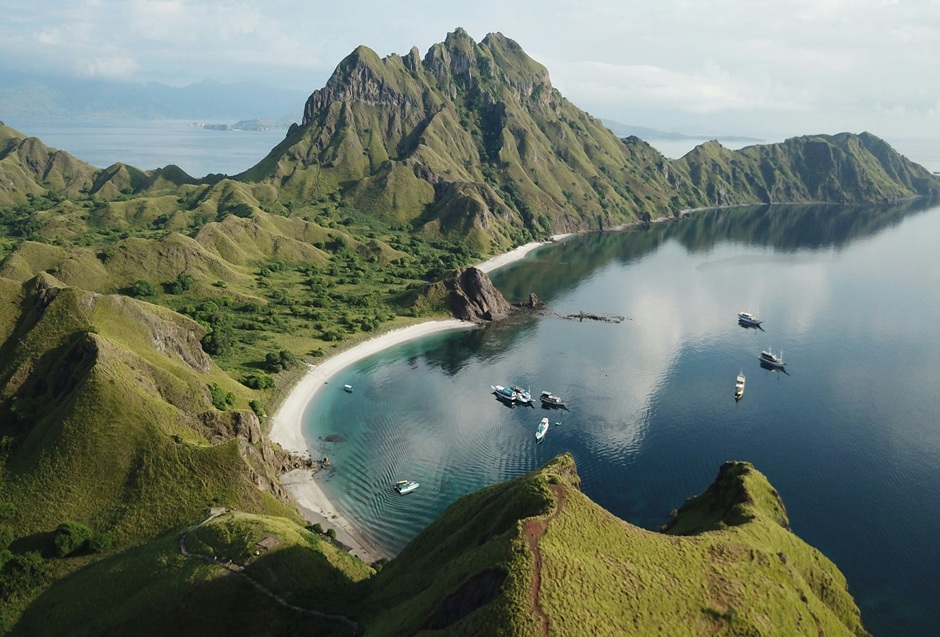Snorkeling the Wild West of Komodo: Remote Reefs and Rare Encounters
When people think of Komodo National Park, they usually picture the classic central zone — the iconic pink beaches, Manta Point, or Padar’s panoramic hike. But beyond the reach of day boats and crowded itineraries lies a side of Komodo few have seen: the remote and rugged west.
Stretching toward the eastern coast of Sumbawa, this region of the park is untouched, wild, and spectacularly empty. Here, you’ll find white-sand beaches without footprints, thriving coral reefs undisturbed by daily traffic, and an atmosphere of true exploration. It’s Komodo without the noise — and for snorkelers, it’s paradise.
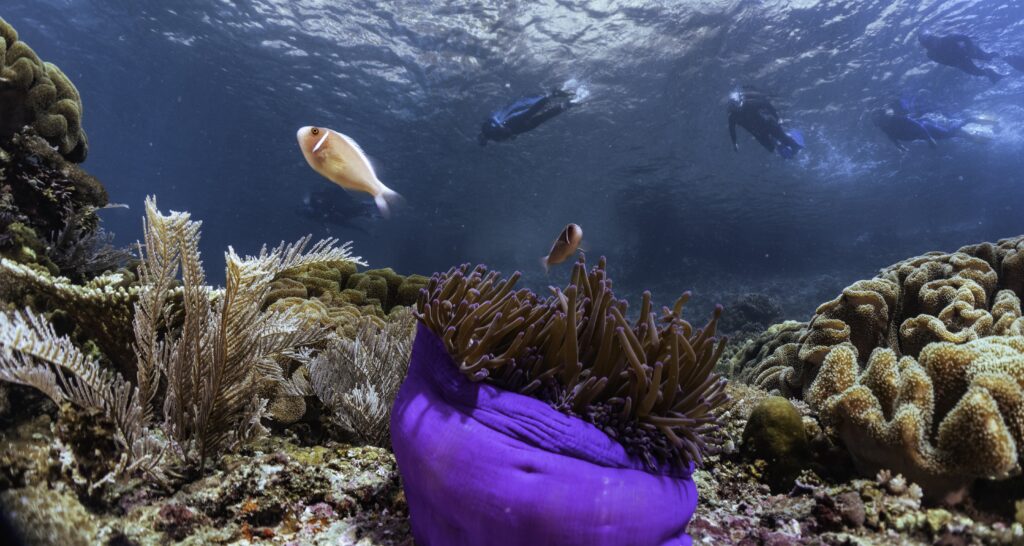
The Snorkeling Experience: Quiet Reefs and Big Encounters
Snorkeling on the west side of Komodo is all about seclusion, variety, and raw natural beauty. These are not beginner house reefs — they’re expansive coral slopes, manta-filled channels, and rocky headlands pulsing with life.
Gili Banta: A Tropical Playground
Just west of Komodo’s main islands lies Gili Banta, a horseshoe-shaped island surrounded by bays of white sand and crystal-clear water. The coral here is pristine, the topography dramatic, and the snorkeling conditions often perfect — calm, warm, and full of surprises.
Reefs slope gently from the shore before dropping into deeper blue, attracting a vibrant mix of fish life. Sharks, turtles, schooling jacks, and eagle rays are common sightings. On the southern side of the island, an active manta cleaning station offers some of the best chances to observe these graceful animals at close range — without crowds or interruptions.
Sumbawa’s Coral Walls
Along the northeastern coast of Sumbawa, you’ll find steep coral-covered walls and isolated bommies that bloom with color. Snorkelers drift past hard and soft coral formations, spotting moray eels, sea snakes, mating cuttlefish, and occasionally large pelagics cruising by.
Because these sites are far from any harbor, they are almost always completely empty, giving guests the rare luxury of exploring untouched reefs in complete silence.
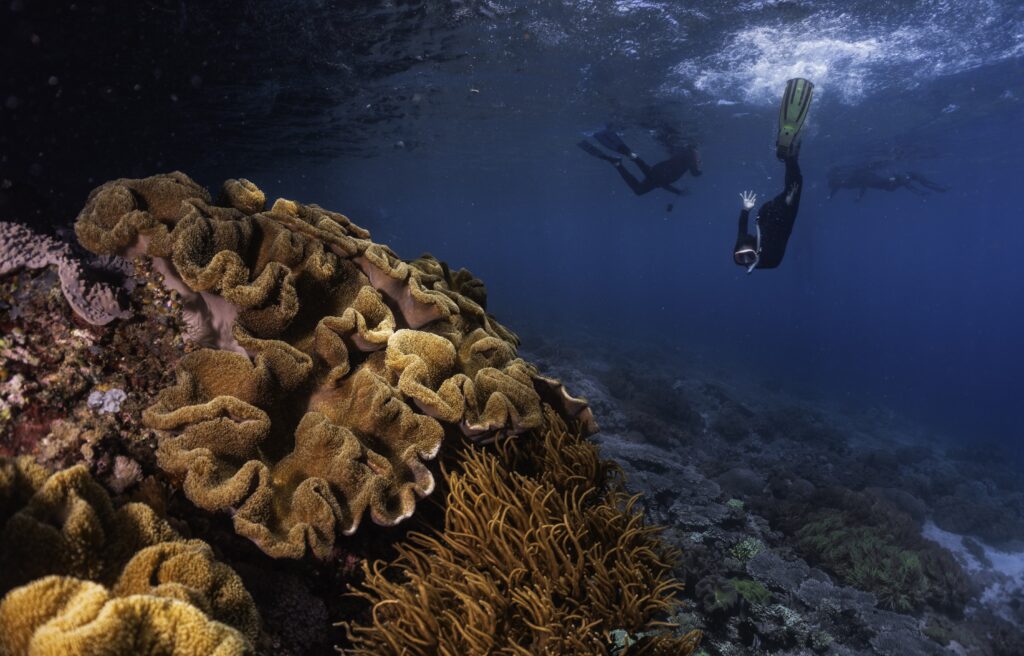
Beyond the Water: Dragons, Beaches, and Wild Scenery
The west side of Komodo offers more than marine life. With fewer visitors and limited infrastructure, the landscapes feel ancient and raw. It’s a perfect place to combine snorkeling with nature treks, wildlife viewing, and beach exploration.
Komodo Dragons in the Wild
This region includes remote ranger stations on the western side of Komodo Island — areas not typically visited on standard tours. Here, the dragons are less habituated to human presence, making sightings feel authentic and thrilling.
With the guidance of park rangers, you can observe these legendary reptiles in a wilder, more natural setting. Expect to see fewer tourists, more natural behavior, and a deeper connection to the island’s raw, prehistoric vibe.
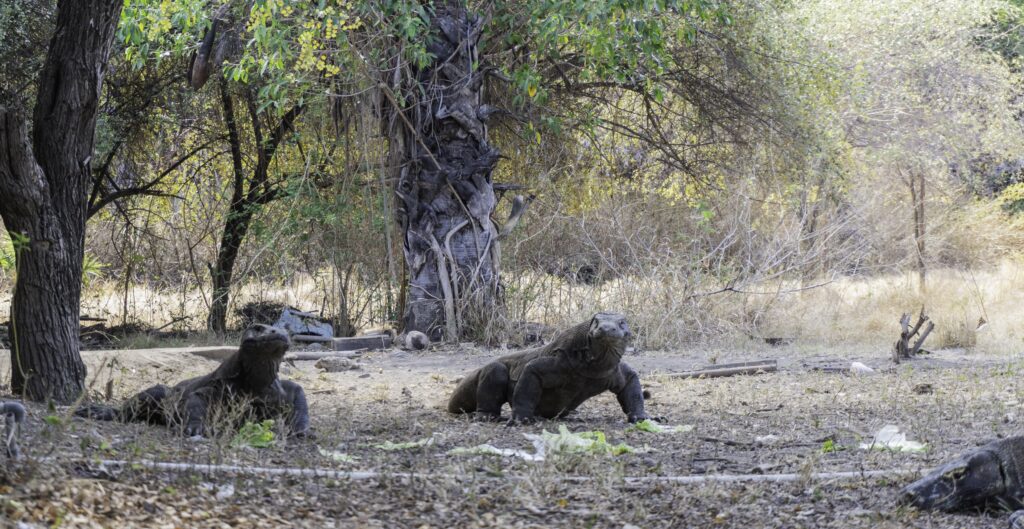
Deserted Beaches and Island Picnics
In between snorkels and treks, you might land on a deserted stretch of powder-white sand, where baby sharks patrol the shallows and hermit crabs scuttle past driftwood. These beaches make the perfect stop for a lunch break, swim, or nap under the shade of an umbrella. It’s one of those rare moments where you truly feel disconnected from the modern world — and connected to something more elemental.
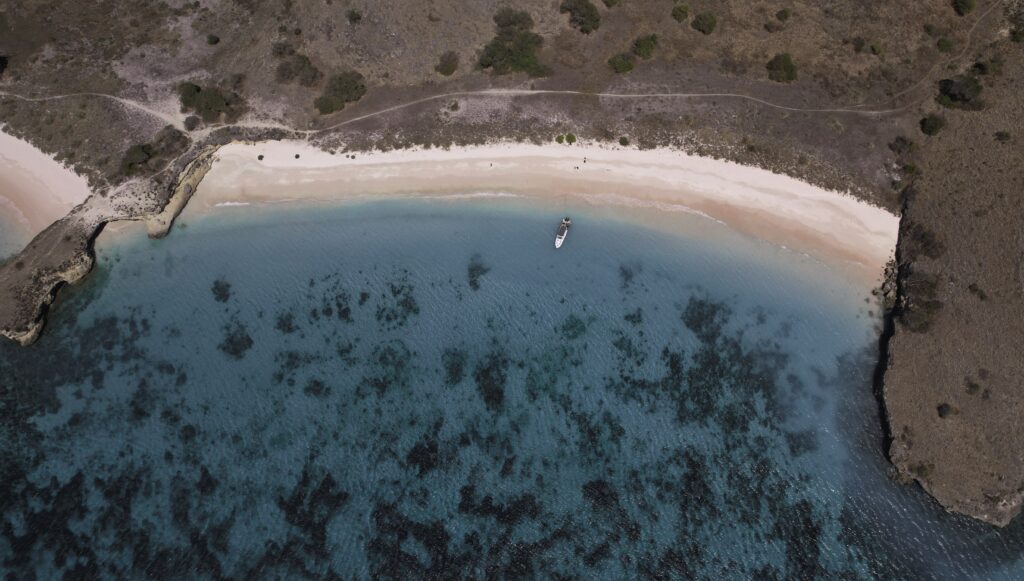
When to Visit the Western Side of Komodo
The west side of Komodo is best visited during the dry season, from April to November, when seas are calm and visibility is at its peak.
Because of its location, this area is rarely visited by day boats, and only a small number of liveaboards include it in their routes. That means even during high season, you’ll likely have these reefs to yourself.
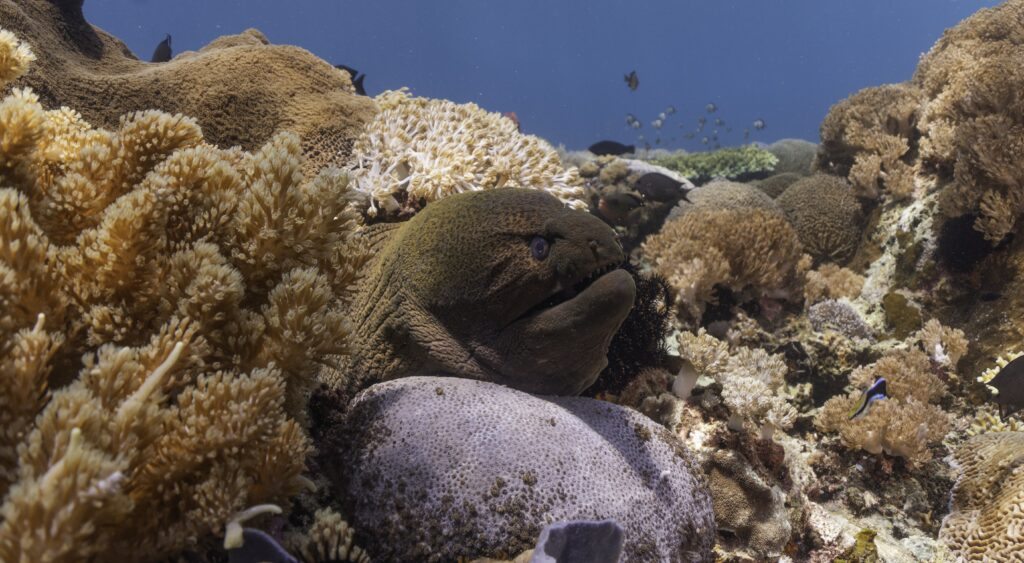
Getting There
Due to its remote position, the west side of Komodo is best accessed by liveaboard — especially those offering crossing itineraries between Komodo and Bali or vice versa.
These routes allow you to combine classic Komodo sites with time in Gili Banta, Sumbawa, and West Komodo, creating a diverse itinerary that blends iconic stops with wild, rarely seen places.
One of the few operators regularly visiting the western side is Komodo Dragon Liveaboards, whose longer itineraries often include this stretch as part of a Komodo–Bali crossing. With small group sizes, snorkeling-focused planning, and years of local experience, they’re a solid choice for travelers seeking something off the usual circuit.
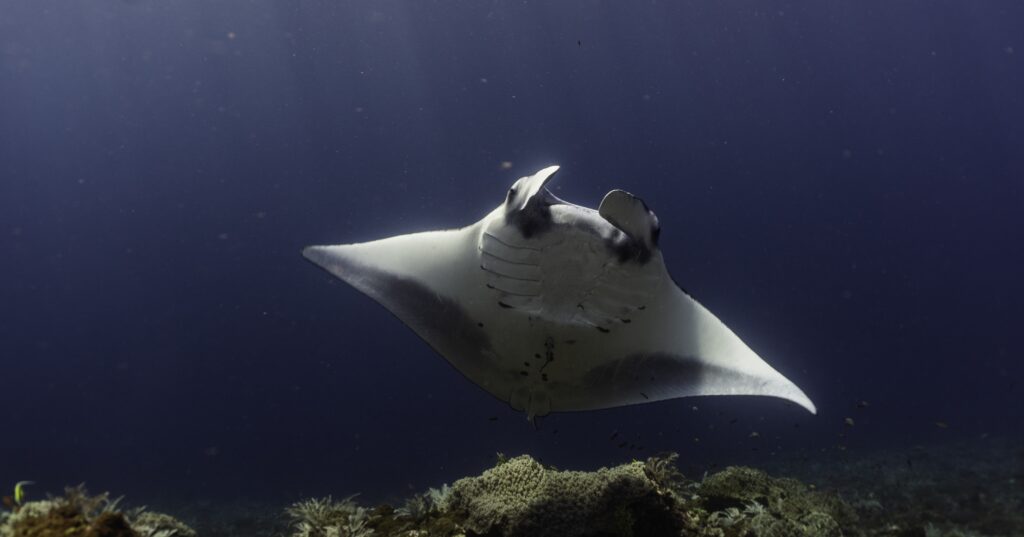
Final Thoughts
The west side of Komodo is quiet, wild, and strikingly beautiful — a place where you can snorkel vibrant reefs with no one else around, walk among dragons that have rarely seen tourists, and eat lunch on a beach that feels like the edge of the world.
For those who’ve already seen the main park — or those who simply want a more adventurous, intimate experience — this side of Komodo delivers something rare: a sense of discovery.
It’s not the most famous part of the park. And that’s exactly what makes it unforgettable.
